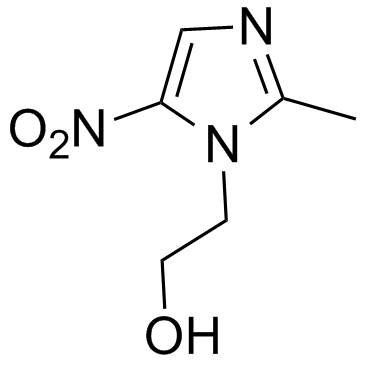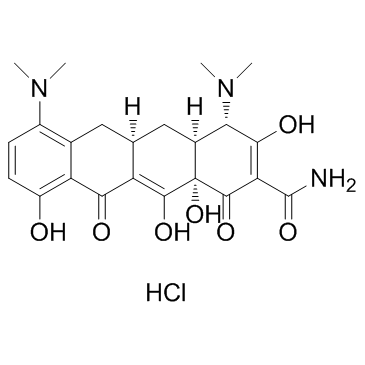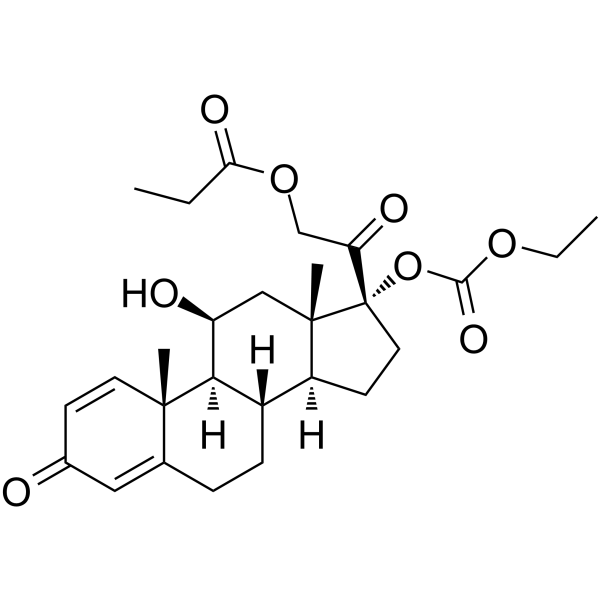| Structure | Name/CAS No. | Articles |
|---|---|---|
 |
Vitamin K1
CAS:84-80-0 |
|
 |
Metronidazole
CAS:443-48-1 |
|
 |
Minocycline hydrochloride
CAS:13614-98-7 |
|
 |
Prednicarbate
CAS:73771-04-7 |